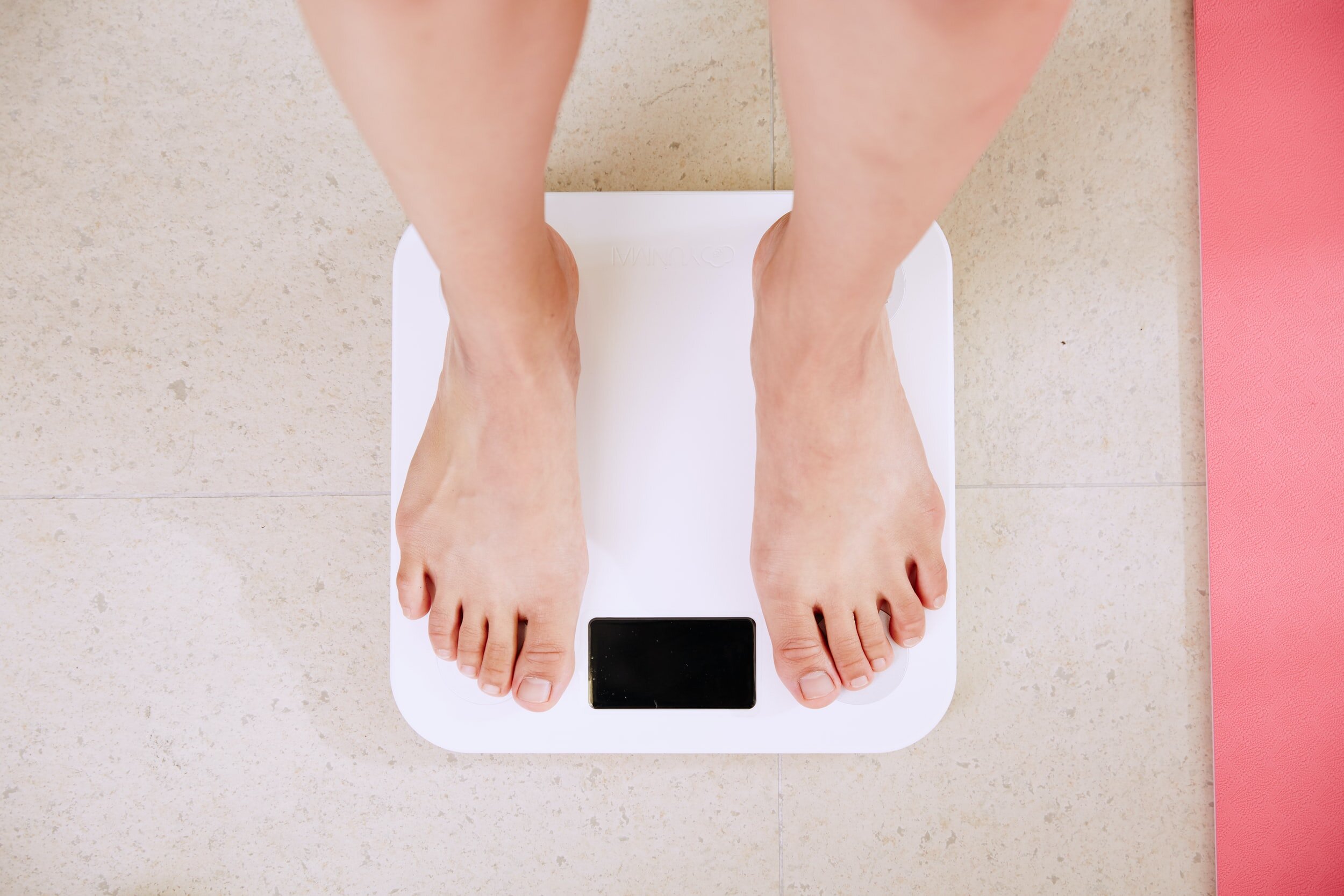How to Determine a Healthy Weight Not Using BMI
Many people use the number on the scale to determine their health. The less you weigh, the healthier you are. As a culture, we’re fixated on that number staring up from the scale. But weight and health aren’t necessarily the same thing.
So how can you find your healthy body weight? People often look to the Body Mass Index or BMI chart. You know, that colorful chart you see on the walls in doctors’ offices.
Body Mass Index is the standardized scale used to quickly and easily determine a person’s health status. It makes the job easier for insurance companies when they decide your health risk. Unfortunately, it’s also known for being inaccurate.
To find your BMI, all you need to do is divide your weight (in kilograms) by the square of your height (in meters). Or, if you prefer the imperial system, you can take your body weight in pounds, and divide it by the square of your height in inches. Multiply that number by 703, and the answer is your BMI score. It will tell you where you stand on the BMI scale.
18.5 and under is underweight
18.5 to 24.9 is normal
25 to 29.9 is overweight
30 and over is obese
Like most standardized systems, the Body Mass Index fails to account for a number of factors that affect one’s body mass and health.
Gender -- Men and women carry different amounts of fat in different areas.
Age -- BMI is inaccurate for children and the elderly
Muscularity -- BMI doesn’t account for the density of muscle. If you have a lot of it, the BMI assumes you’re too heavy for your height.
Waist circumference -- It ignores waist circumference, a more accurate measurement of one’s risk for heart disease, stroke, high blood pressure, and diabetes.
Body-fat percentage -- BMI doesn’t give an accurate approximation of one’s body-fat percentage. Which is extremely important to one’s health!
We can’t fault the BMI too much. It was invented in 1832, after all. But we can fault the organizations that continue to use it. Especially when there are so many better ways to determine a healthy weight without BMI.
First, it’s important to understand that a healthy weight takes body composition into account.
Our bodies are composed of muscle, fat, bone, and water (among other things). Body composition shows the percentages of each. As a rule, healthier people usually have a lower percentage of body fat and a higher percentage of lean muscle.
There are a number of ways to determine your body-fat percentage without using the BMI scale. But one of the best ways is to use Body Composition Analysis (BCA). BCA defines how much fat a person should have against their actual percentage of body fat.
A great way to determine your body fat is through Bioelectrical Impedance Analysis (BIA). BIA uses electrical currents to measure the body’s conductivity. Fat tissue is much less conductive than lean muscle tissue. So the currents slow down when traveling through fat and speed up when traveling through lean tissue. By measuring the speed of the electrical current, BIA calculates the percentage of lean muscle tissue and fat tissue, as well as other important factors.
With these accurate percentages, you get a true portrait of your body composition, and you can better plan how to reach your healthy weight loss goals.
If you’re looking for effective weight loss solutions--designed by licensed dieticians--check out Diet Center. They have decades of experience helping over 15 ½ million people lose excess fat and reach their healthy weight. And now they offer in-person and online programs for your convenience.

